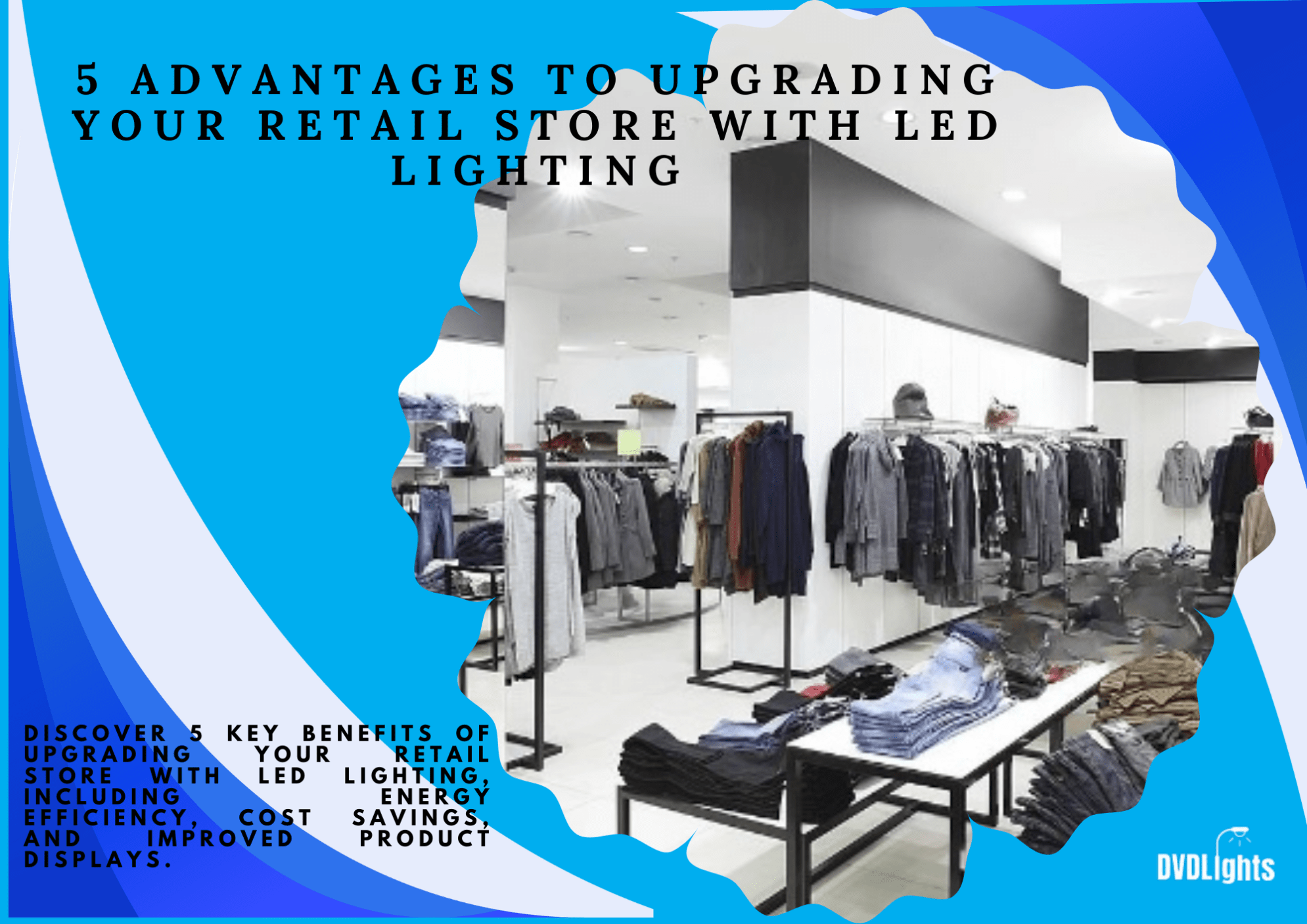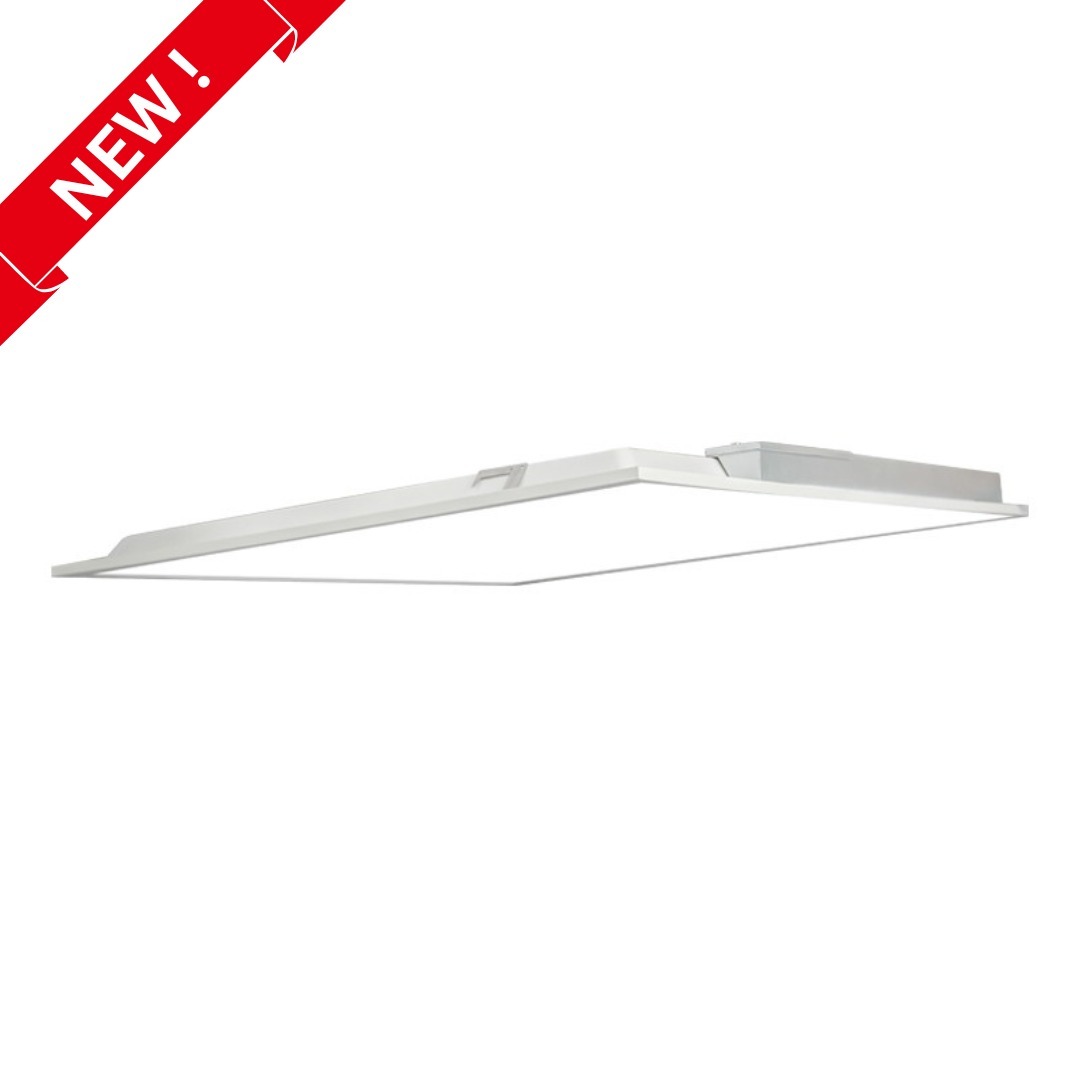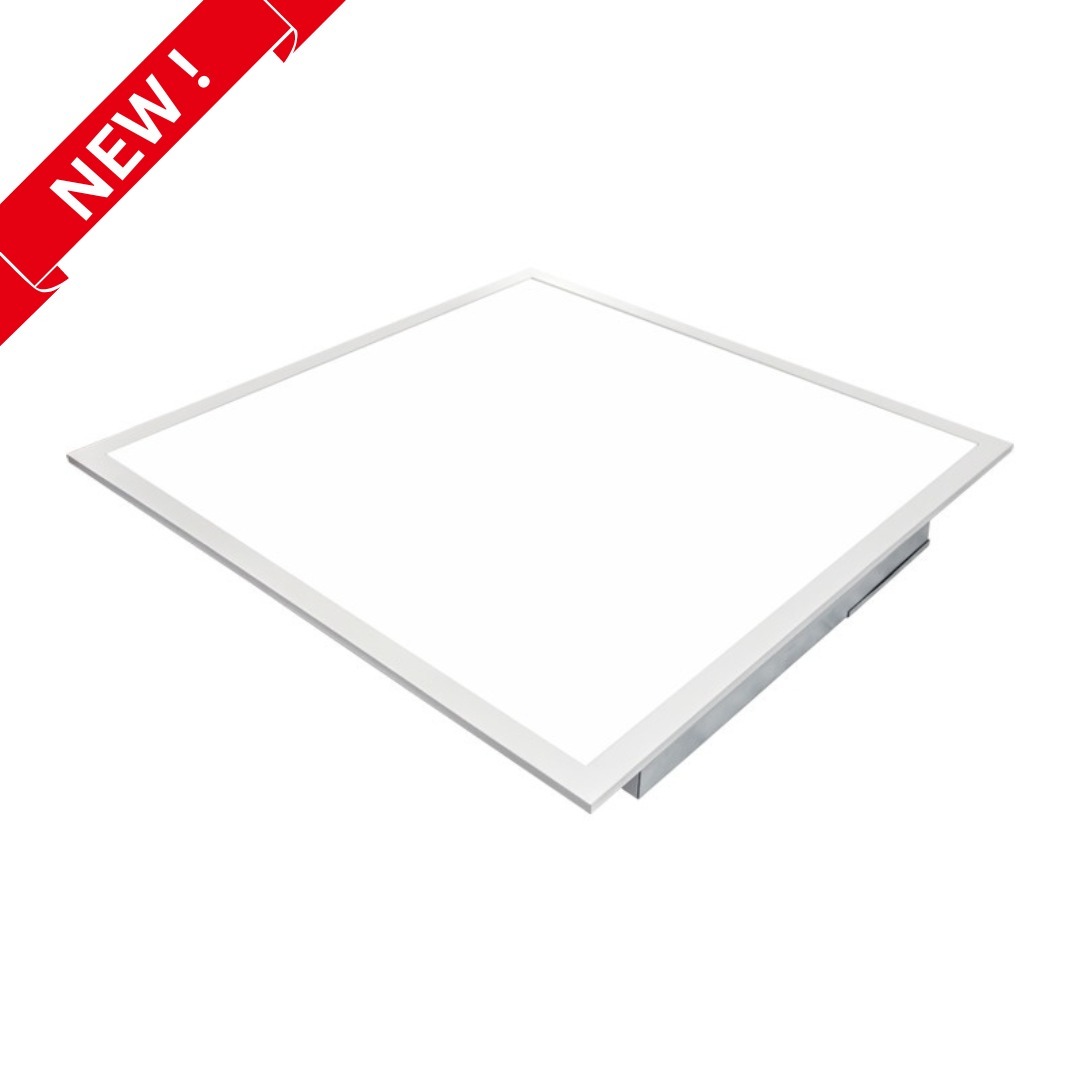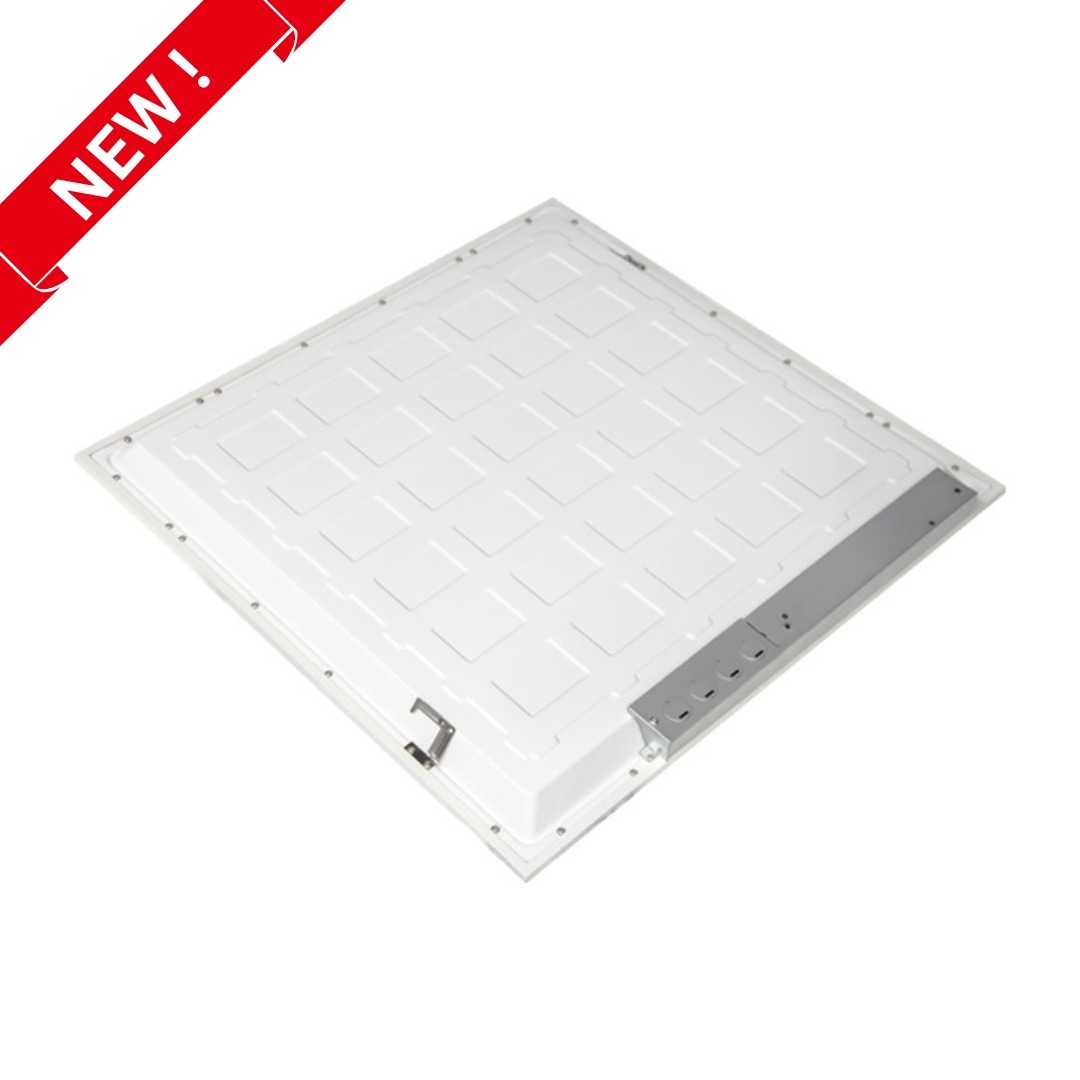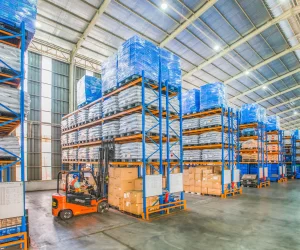In any fast-moving manufacturing plant or operation, every single thing combined could be important for the efficiency of the operation. Normally, factors such as light are overlooked, although these apparently minor things could influence productivity to a great extent and are very vital for safety and cost efficiency. In recent years, LED manufacturing plants became a game-changer for manufacturing plants, offering numerous benefits which traditional lighting systems simply can’t match.
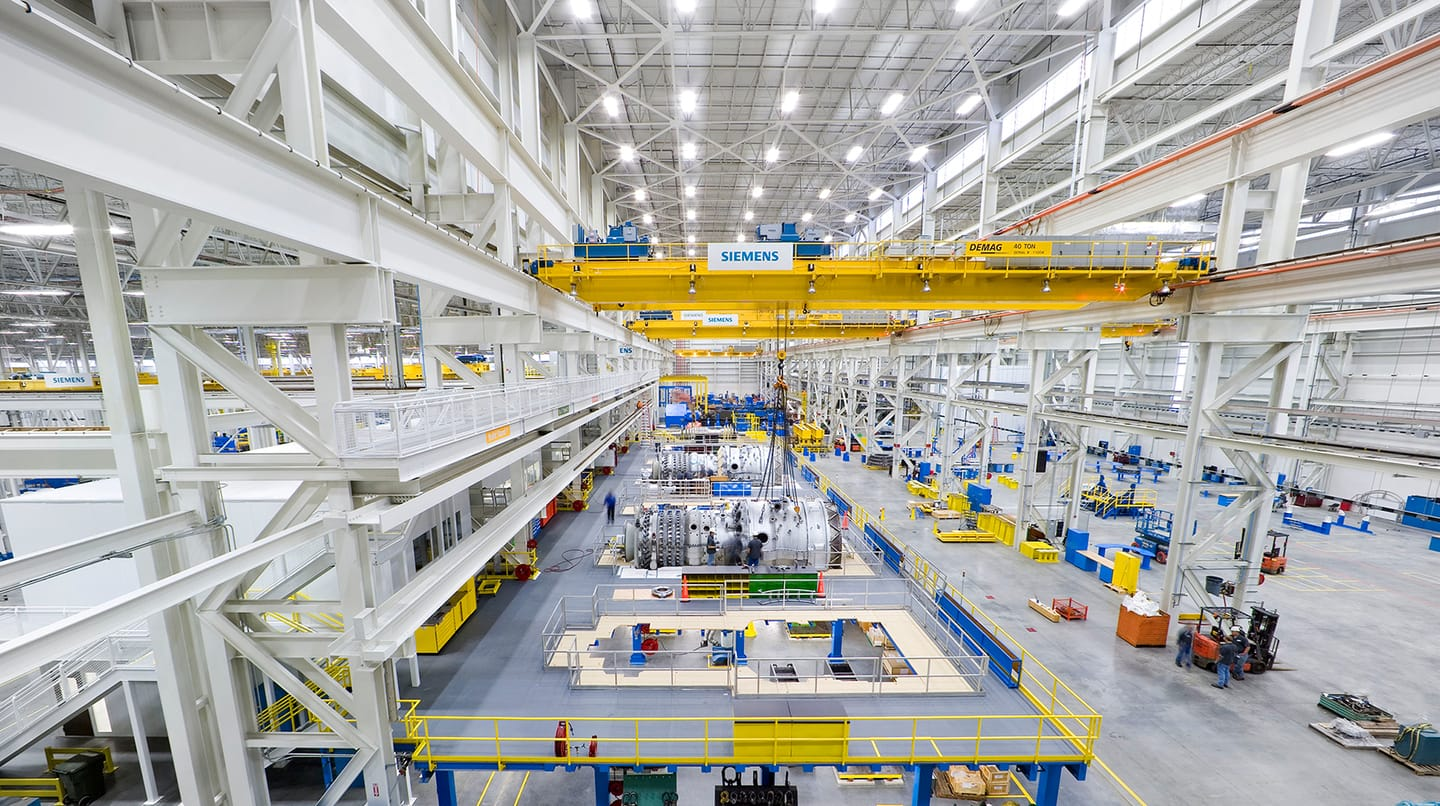
What’s Good About Having Manufacturing Plants LED Lights and OSHA (Occupational Safety and Health Administration)?
OSHA offers its factory owner or manager very extensive, numerous advantages that place a business entity at the forefront of safety and efficiency. The Occupational Safety and Health Administration is an Independent Federal Agency that deals with providing safe working conditions and a healthy environment to workers. It sets and enforces standards and provides training, outreach, education, and assistance. In manufacturing plants led lights, OSHA’s presence helps prevent workplace injuries, illnesses, and fatalities by setting and enforcing specific safety regulations. These measures include regular inspections to ensure compliance, providing resources for training employees, and offering support to develop effective safety programs and protocols.
Manufacturing Plants If one thing goes together, that is LED lights and OSHA guidelines in terms of workplace safety. Amongst the reasons LED lights are durable and efficient is the fact that they also meet OSHA standards since they can offer constant and non-glaring light, enhancing good visibility in various work environments to reduce accidents and injuries. Additionally, LED lights produce less heat than light sources created through older technologies, reducing the potential for burns or fires. As a matter of fact, appropriate lighting is one of the factors OSHA considers to be influential in an accident-free and danger-free work environment, with LED lights going a long way toward fulfilling those regulatory requirements.
There are numerous benefits to switching to manufacturing plants led lights. Here are some key advantages:
Powerhouse Efficiency:
LEDs are energy champions because they reduce energy consumption by 50-70% in comparison with traditional lighting. That is the powerhouse of energy efficiency that converts into hard, cold cash savings on your electricity tab. Imagine the kind of impact this would have on your bottom line by cutting significantly the amount of energy your lighting system uses!
Built to Last:
LEDs boast an incredibly long lifespan, lasting a remarkable 50,000+ hours. In comparison, traditional lighting usually fizzles after 3,000 to 10,000 hours. That adds up to fewer headaches and less cost related to the frequent changing of lamps. Just imagine all the time and money your maintenance crew could save by not having to fight with burned-out bulbs left and right!
Crystal Clear Illumination:
They give great lighting performance, bathing the work area in bright, clear light with excellent color rendering that lets your employees see what they are doing. This may represent better visibility for workers, reduced stress to the eyes, and maybe even higher morale. With better visibility, workers can conduct tasks more precisely and more effectively, which will enable them to be more productive with reduced errors.
Rugged and Reliable:
Unlike traditional bulbs, which can be a little delicate, LEDs are tough as nails. They are highly resistant to shock and vibration, so they work well in many manufacturing plants. You don’t have to worry about your lighting system failing from occasional bumps or jostles.
Eco-Friendly Choice:
They are an environmental champion in that they do not contain mercury or other chemicals, some of which traditional lighting options have. This, therefore, means it is a more environmentally-friendly solution to lighting. Just think about it—by moving to LEDs, you not only enhance your bottom line but also positively contribute to the welfare of the planet.
LED vs Traditional Lighting Cost Analysis

Though their cost may be marginally higher than that of the traditional source, the LED lighting pays back this investment many times over by way of long-term energy and maintenance savings. Taken together with long-term energy, maintenance, and possibly even productivity savings, the initial higher cost of LEDs makes them a highly cost-effective solution. The newer LED technology may be marginally more costly in price, but, in the longer term, it is much more than compensated for in terms of the one-time cost incurred in the beginning. It is to be viewed within the larger picture that the financial gains from using LEDs are immense in the long run. The following is a detailed breakdown of cost advantages.
Energy Costs:
Well, LEDs are the real energy champions, shaving off your electricity consumption by a whopping 50-70%. Now, do the math—that’s a wallop to your bottom line! In the long run, these energy savings translate into thousands of dollars saved off utility bills.
Maintenance Costs:
Traditional lighting has a much shorter lifespan—it essentially fizzles out at 3,000 to 10,000 hours or every 3 to 6 months. This is in comparison with LED lights, which are usually 5 years or more. This is reflective of the very many replacements that lamps undergo, which is a very time-consuming and expensive effort. Add the cost of labor for maintenance crews to the replacement bulbs themselves. With an expectancy of 50,000+ hours on life, replacement needs in respect to LEDs drop dramatically. Not only that but also, over lifetime, there is immense money saved on maintenance for an LED system.
Productivity Gains:
Poor or inadequate lighting can cause workers to feel tired, irritable to the eyes, and even lower morale. This can lead to a loss in productivity and eventually cause errors. LEDs provide bright, clear illumination with excellent color rendering. This increased transparency makes certain activities easier to be done by workers more efficiently and effectively, which can increase productivity. These productivity enhancements are hard to measure, but they can quickly add up to big cost savings for your business.
FAQs
Do LEDs require special wiring?
When it comes to retrofitting lamps, LED options often offer a convenient “plug and play” solution that minimizes the need for extensive wiring adjustments. However, for optimal energy savings, it’s recommended to bypass the ballast entirely. In cases where the entire fixture is replaced, the process is straightforward: remove the old fixture and install the new one.
Do LEDs emit heat?
The heat generated by LEDs is managed through heat sinks and thermal management systems built into the LED design. LED lights and heat sinks are intertwined in the realm of illumination technology. As LED lights generate light, they also produce heat, albeit in smaller amounts compared to traditional lighting sources. To manage this heat effectively and maintain optimal performance and longevity, LED fixtures often incorporate heat sinks. These sinks, typically made of aluminum or other thermally conductive materials, help dissipate heat away from the LED chips, preventing overheating and ensuring consistent operation. By efficiently dissipating heat, heat sinks contribute to the reliability and durability of LED lighting systems, allowing them to deliver consistent illumination while minimizing the risk of premature failure.
What color temperature should I choose?
For most manufacturing settings, a cool white (4000K-5000K) temperature provides the best balance of brightness and color accuracy.
Are LEDs dimmable?
Yes, many LED bulbs are dimmable, allowing you to adjust light levels for different tasks or areas.
Conclusion
By making the switch to LED lighting, manufacturing plants can unlock a new level of efficiency and cost savings. From reduced energy consumption and maintenance costs to improved worker productivity and a sustainable footprint, LEDs offer a compelling solution. Take the first step towards a brighter future – contact an LED lighting specialist today and see how this technology can transform your facility.


